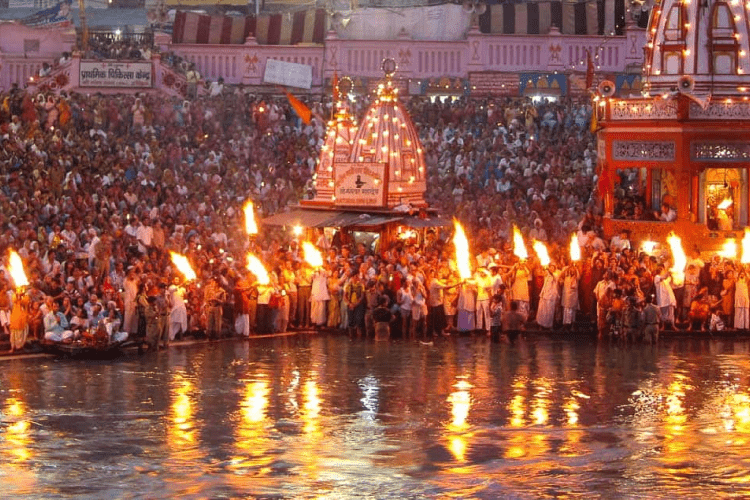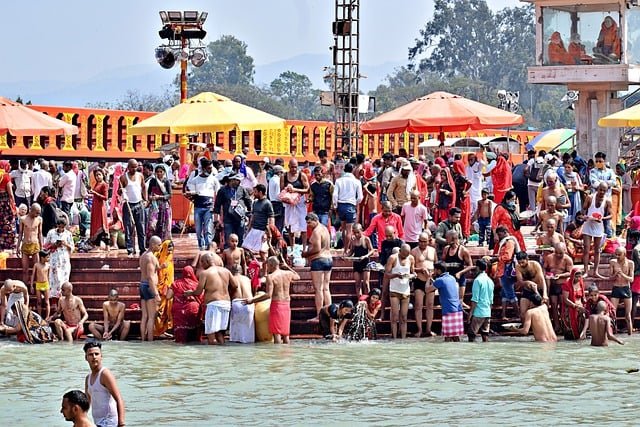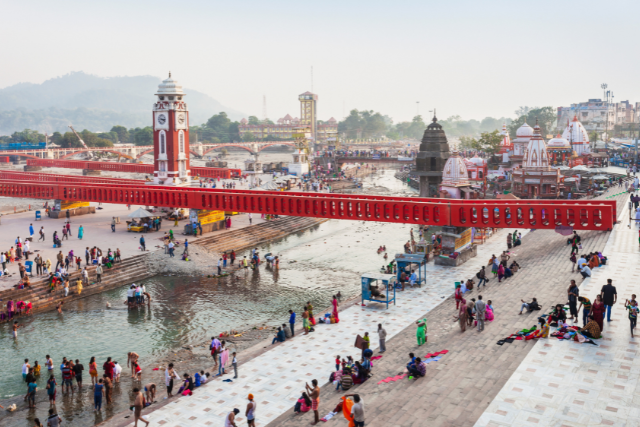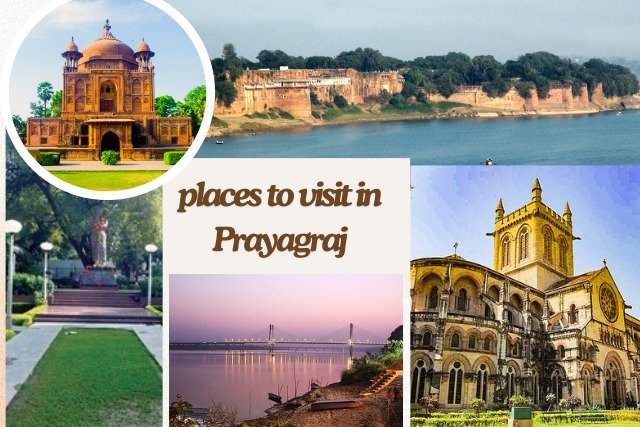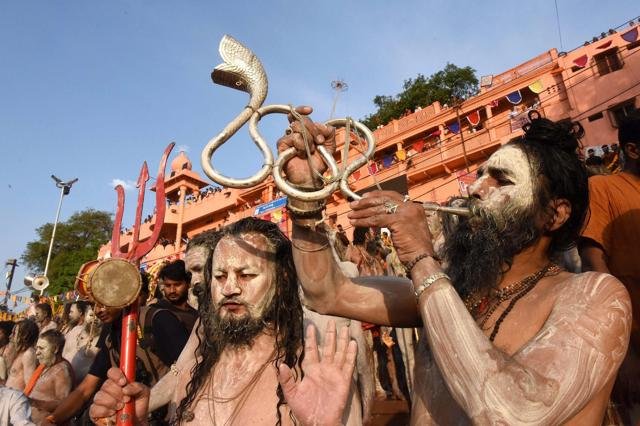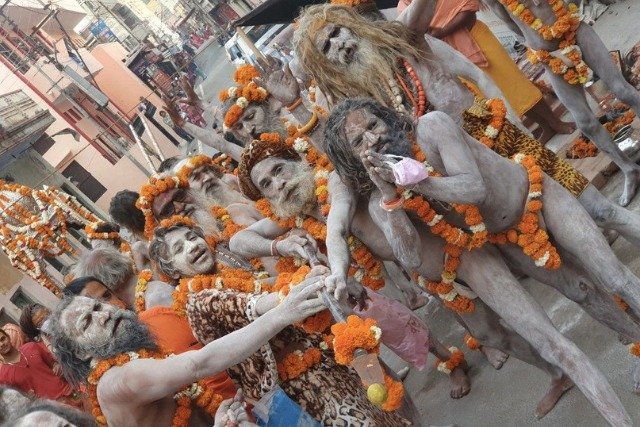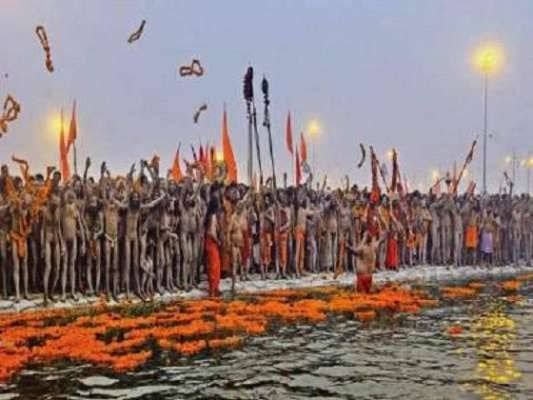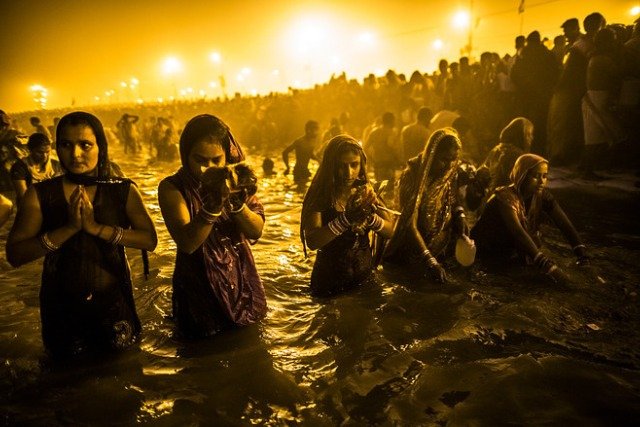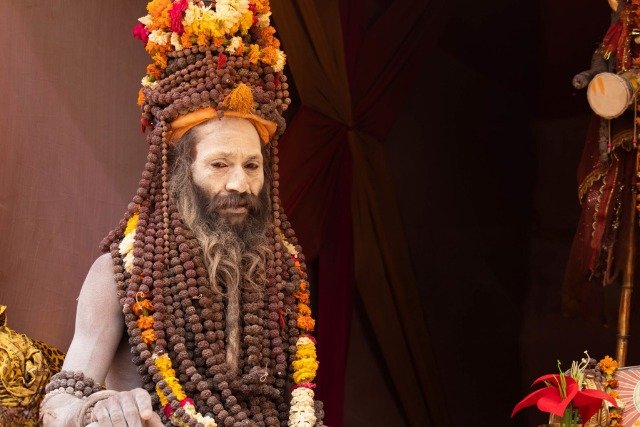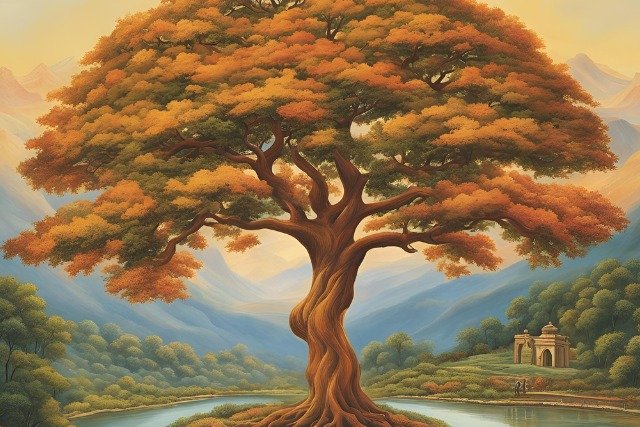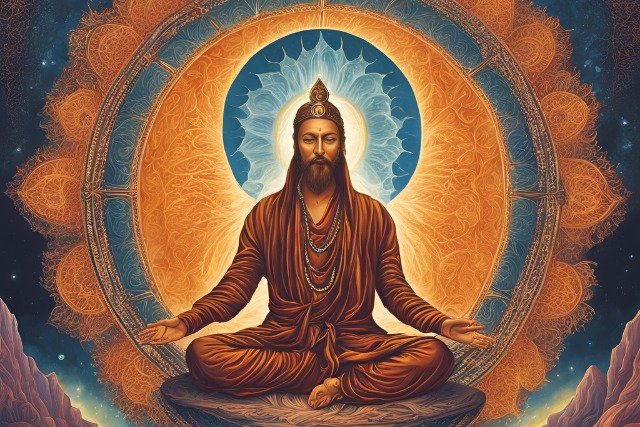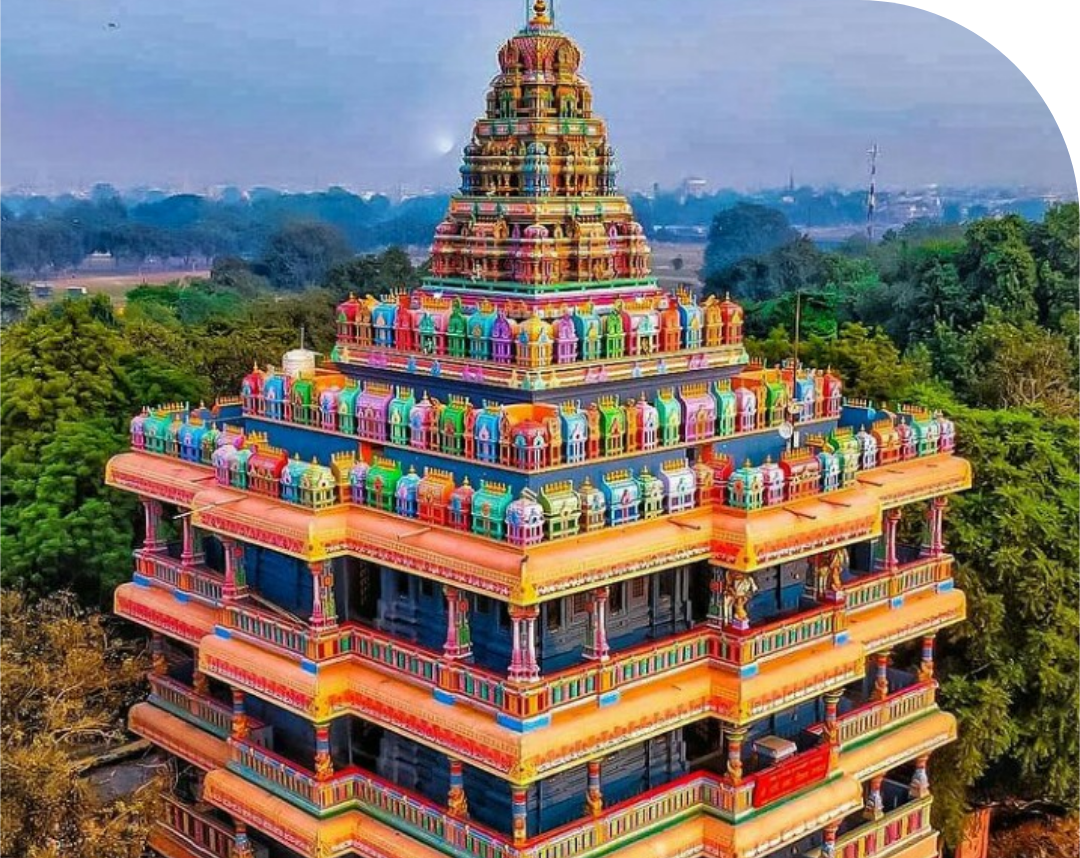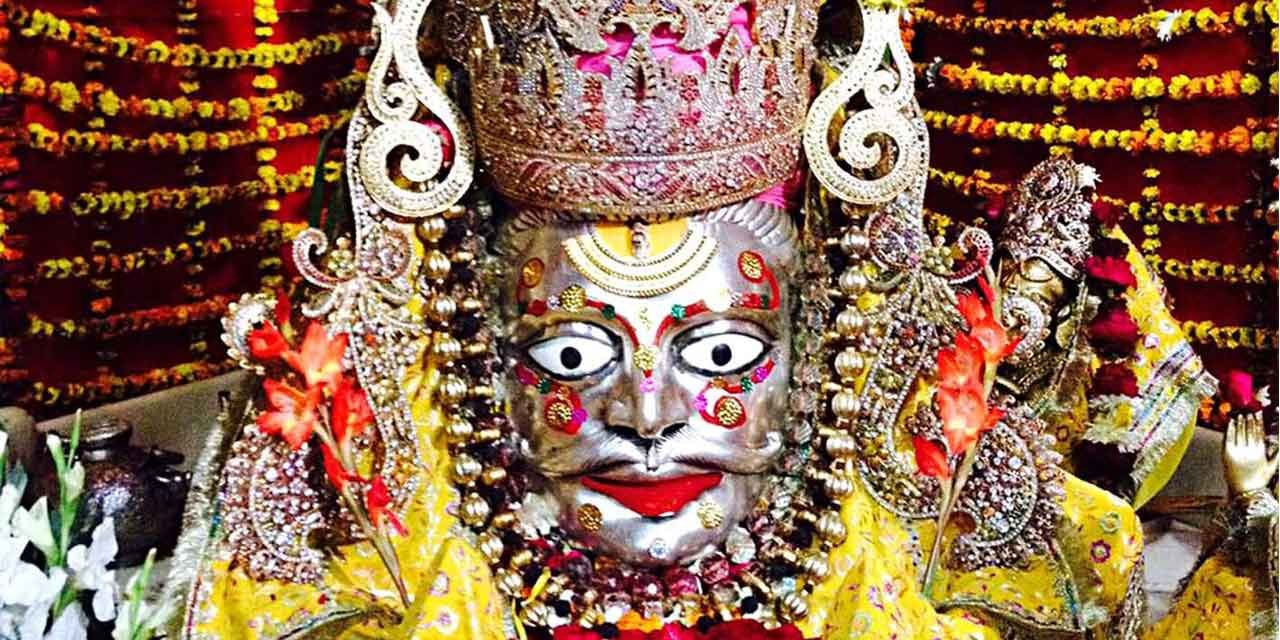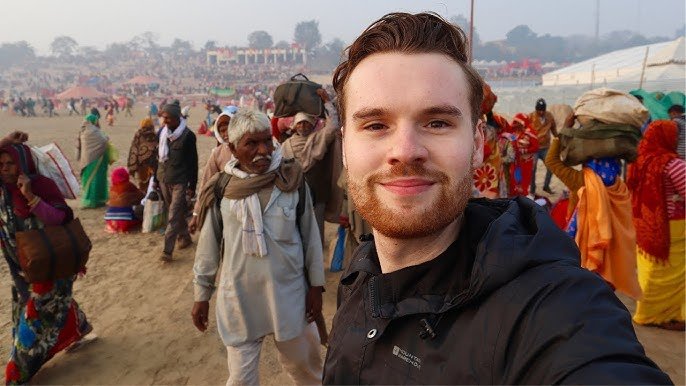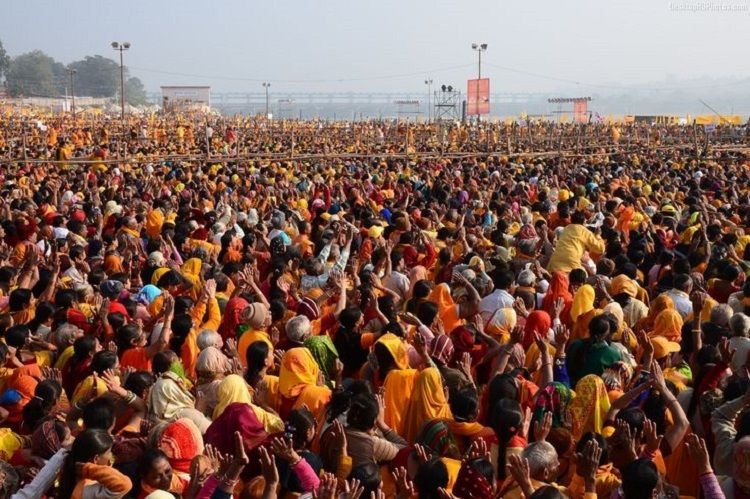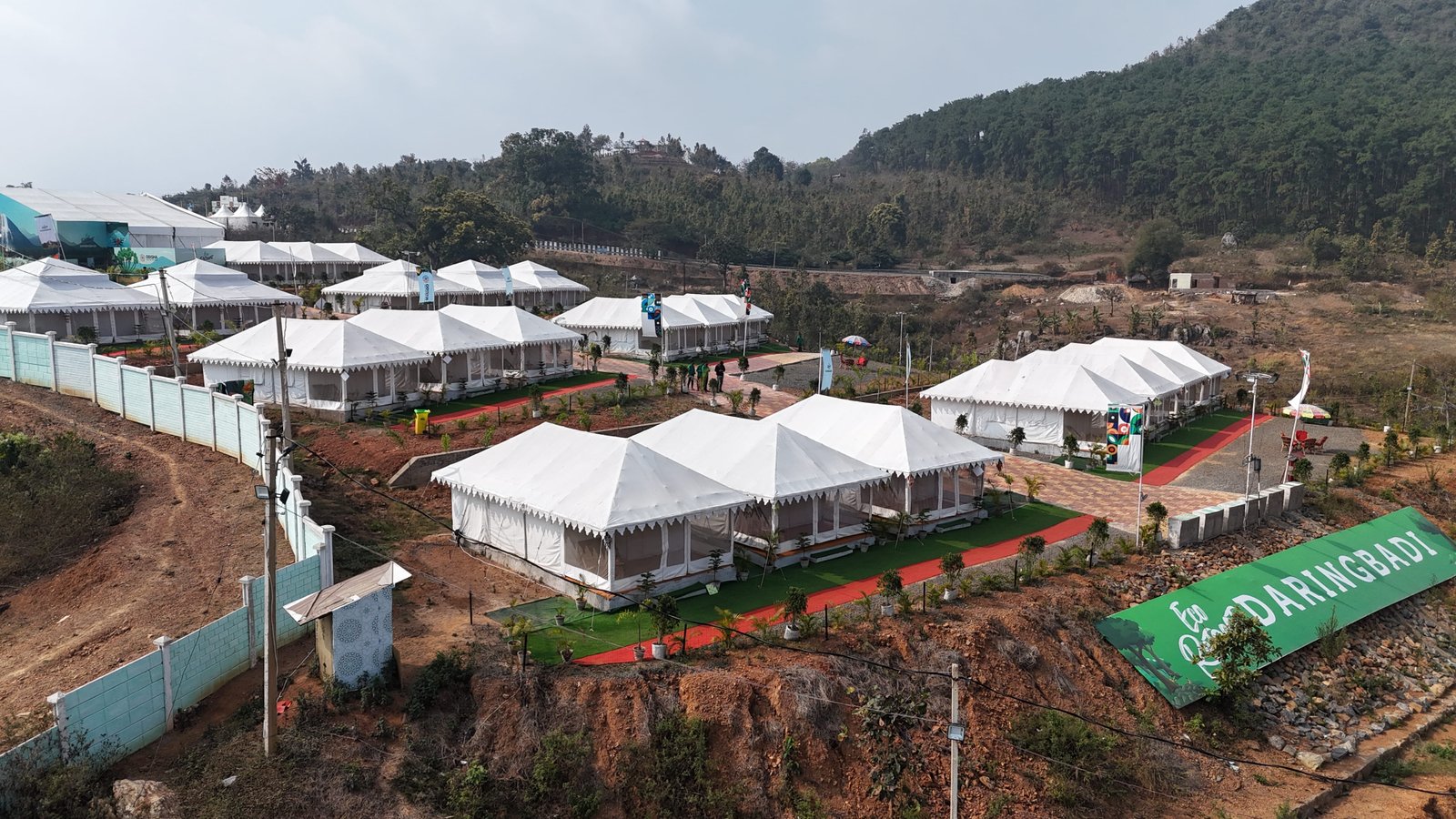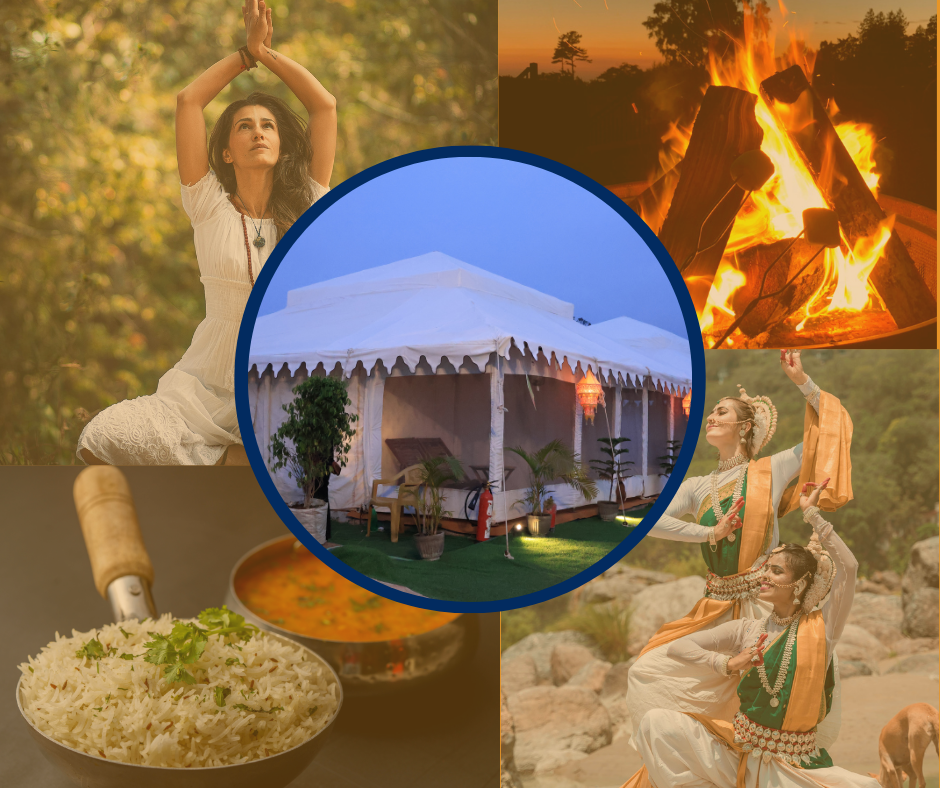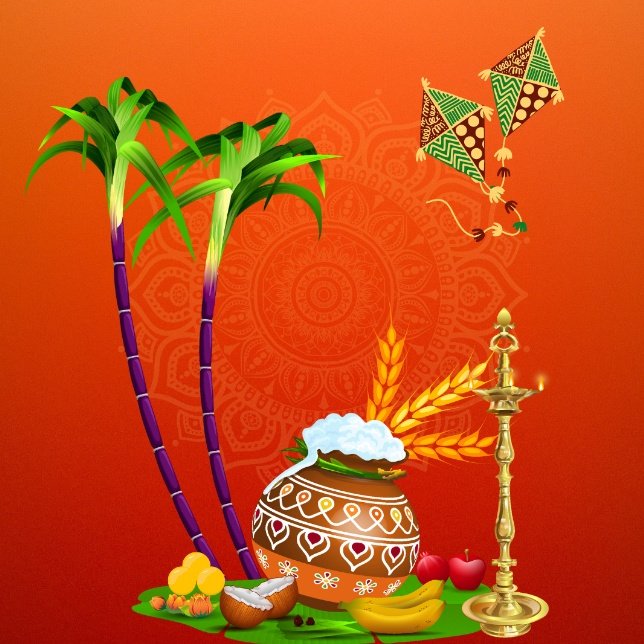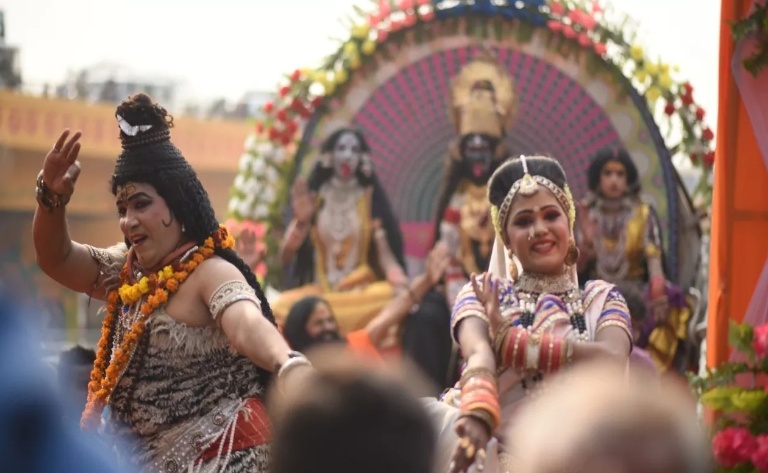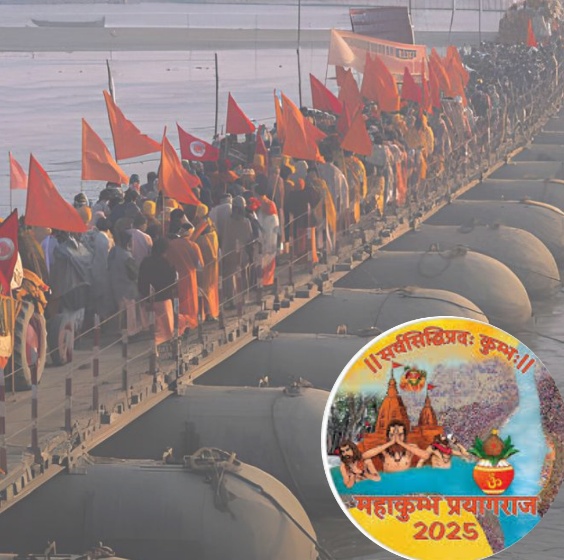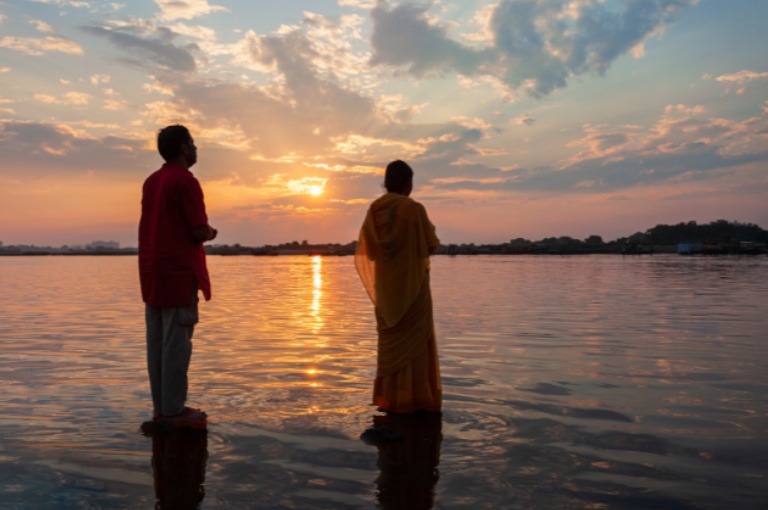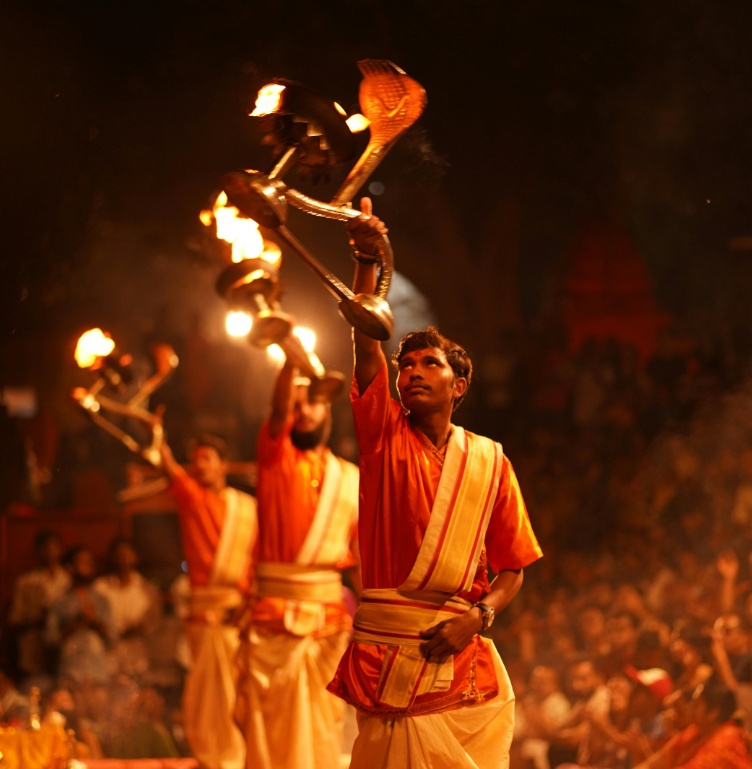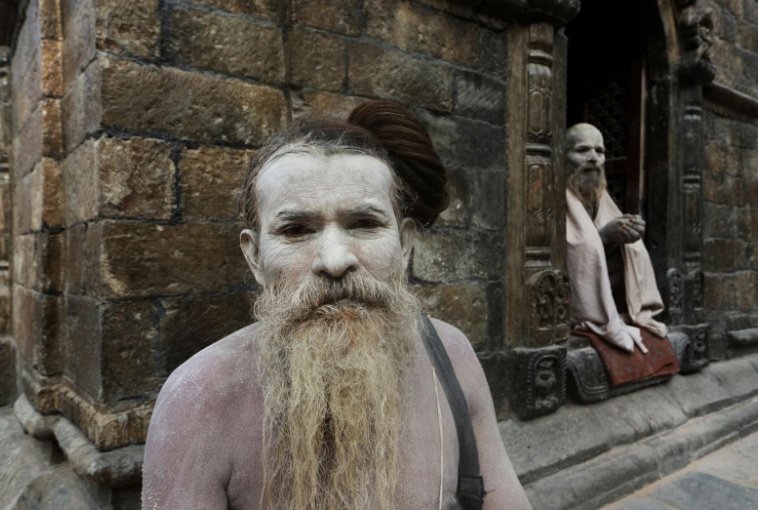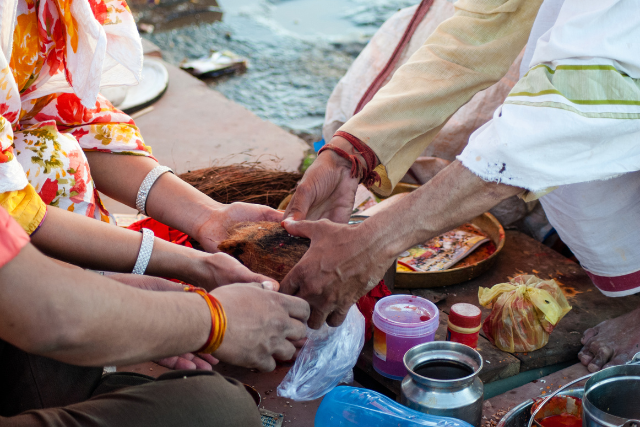
Author : Admin
The largest gathering of the globe is around the corner- Kumbh Mela! Where tradition, culture and spirituality meet, it's the time of the Hindu Calendar to triumph over the moment. Moments of seeing a larger number of devotees, sages and pilgrims, sadhus and gurus, fiestas, and a remarkable celebration. To mark these moments, people celebrate a number of rituals to hail the evergreen tradition of India.
Within this article, we will be delving deeper to know on how the splendour of Kumbh Mela is spent. Why do devotees across the world share a fondness for it, and how does celebration take place?
Rituals at Kumbh Mela
No matter how diverse the crowd is, one thing that ties everyone together is unwavering devotion. On such an occasion, there are various rituals taking place to ignite the fire of Kumbh Mela. As the festival is of greater significance, so are the rituals that uphold its profound meaning.
Also Check: - kumbh mela prayagraj tent booking
Walking down the memory lane, explore the ceremonies taking place at pious Kumbh Mela:
Mundan Ceremony
The first ceremony, which takes place at Kumbh Mela after Shahi Snan, is Mundan. Mundan is a ceremony of shaving off the head. This ceremony holds auspicious meaning in Hinduism. It is believed that hair is related to the vanity of the person. According to Hinduism, shaving them off means to shed off ego. It is said to enjoy the blessings of the lord; one must keep their vanity at bay.
Young children are brought in to shave their heads near the river confluence. This is done to rid them away from the impurities. Moreover, it also stimulates hair growth and promotes well-being.
Additionally, this ritual also depicts the family tradition. It is an act of seeking blessings for the growth and vitality of the child. Many families wait for the Kumbh Mela to arrive in order to conduct the Mundan Ceremony.
2. Shahi Snan
Holiest of all, Shahi Snan is the highlight of the Kumbh Mela. This is the ritual of taking a dip in the water and offering prayers to god. It is celebrated three times during Kumbh Mela. The onset of this ritual is interesting to note as thirteen sadhu akharas are first called upon to bathe. This pompousness is celebrated with trumpets, flags, elephants, musicians, flowers and a shower of energy by people.
After this, people are allowed to immerse in the holy water. Processions like Mundan, prayers offering sindoor (vermillion), milk, flowers, etc., to god begin. The bathing procession is followed by people taking a dip in the river, standing for a while near the bank and offering prayer, and then proceeding to visit temples. There are various meanings of shahi snan. Some believe that it leads to purification of the soul, while some believe that it leads to erasing all the sins committed. Some also recommend that it liberates one from the cycle of rebirth.
This ritual is set back to the era of Mahabharata when Yudhishthir had a guilt for losses of the great war. Following this, the sage suggested him take a dip in Ganga to get rid of the feelings.
Also Check: - kumbh mela tent booking in allahabad
3. Aarti
One of the evening prayers conducted is Ganga aarti. This ritual is to express gratitude to the Ganga confluence, which is sacred in Hinduism.
People gather along the bank of the river. Together, they incite lamps, diyas and incense sticks and offer prayers to Goddess Ganga.
4. Kalpavas
One of the ancient cultures practised in India , Kumbh Mela is an ideal time to reinforce it. It is a Sanskrit word , where 'Kalp' signifies a long period and 'vas' signifies to say. As the name suggests, it means to reside for a month or so near the sacred river.
It is believed that this can purify and transform the person with the divinity of a sacred river like the Ganga. Triveni Sangam in Prayagraj, a confluence of Ganges, Yamuna and Saraswati; one can attain immense vibrations of positivity near to it. As an intense practice of austerity, in this, the person has to take 21 vows to deny worldly pleasures. People wake up early in the morning, pray near the banks of the river during the hard, cold weather and engage in charity and community service.
5. Akhara
Akharas are traditional Indian institutions of ascetics and saints. These groups are deeply rooted in the spiritual and martial traditions of Hinduism, playing a crucial role in preserving and propagating various religious practices, philosophies, and disciplines.6. Deep Daan
This is a ritual that creates the aesthetic of the festival. It literally refers to the ‘offering of lamps', which holds both literal and metaphorical meaning. In this ritual, people chant some mantras and flow the diya or lamp in the water. This is done to articulate the gratitude to Goddess Ganga.
This ritual is not just to expel the darkness but also signifies the win of good over evil and hope over despair.
Also Check: - Tips to Prevent Fraud
To sum up ,
Rituals at Kumbh Mela are of greater significance. Each of them holds a supreme level of meaning that holds together the culture and tradition. This stands as a testament to Indian history and stories rich with mythology and beliefs. As Kumbh Mela 2025 in Prayagraj approaches, it's time to immerse ourselves in the world that transforms and enlightens us.
Before we conclude this journey, here is a sneak peek at the dates of Kumbh Mela 2025:
January 13, 2025: Paush Purnima Snan
January 14, 2025: Makar Sankranti Snan
January 29, 2025: Mauni Amavasya Snan
February 03, 2025: Basant Panchmi Snan
February 04, 2025: Achala Saptami
February 12, 2025: Maghi Purnima Snan
February 26, 2025: Maha Shivratri Snan
Book your accommodation at Kumbh Mela Prayagraj, 2025, with Era Shivadya Camps.
